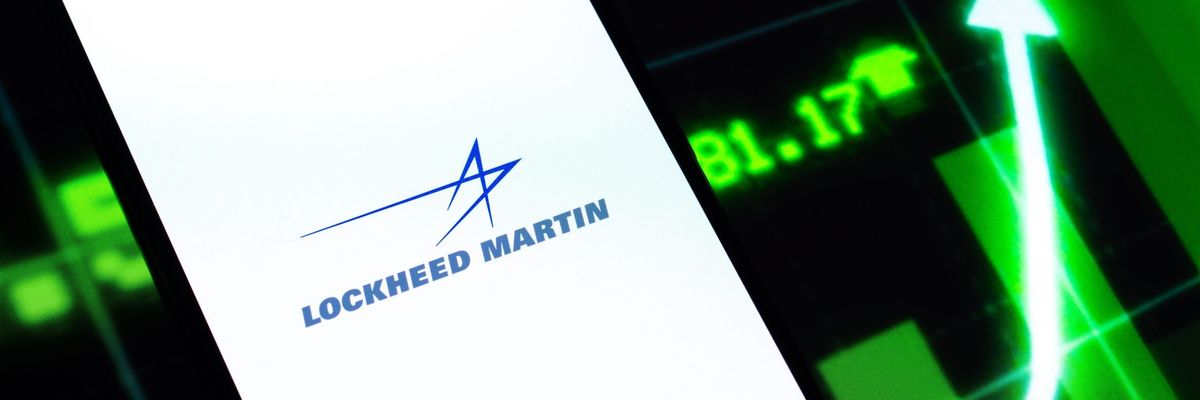The federal government and U.S. taxpayers are effectively underwriting massive returns for Lockheed Martin shareholders, returns so impressive that the weapons firm’s CEO, James Taiclet, boasted about how the company handed $11 billion over to shareholders in 2022 via share repurchases and dividend payments, creating “significant value for our shareholders.”
Taiclet, speaking on a January 24 earnings call, said that Lockheed, the world’s largest weapons firm, was “ending the year with a total shareholder return of 40 percent.”
Lockheed may be a for-profit, publicly traded, company but those stock buybacks, dividends and appreciated stock value are largely underwritten by U.S. taxpayers. The company’s 2021 annual report acknowledged that, “…71% of our $67.0 billion in net sales were from the U.S. Government.”
Weapons companies often boast about the jobs they create and how their products are vital tools for U.S. national security. But in this case Lockheed is effectively acknowledging that billions of dollars of profit, overwhelmingly driven by U.S. government contracts, are being handed over to investors. In other words, $7.8 billion of the $11 billion transferred to shareholders in 2022 was effectively funded by the U.S. government and Americans who thought their tax dollars went to providing public services and keeping the country safe.
















